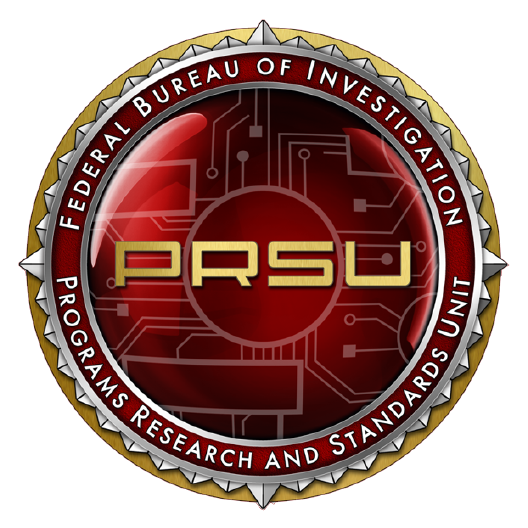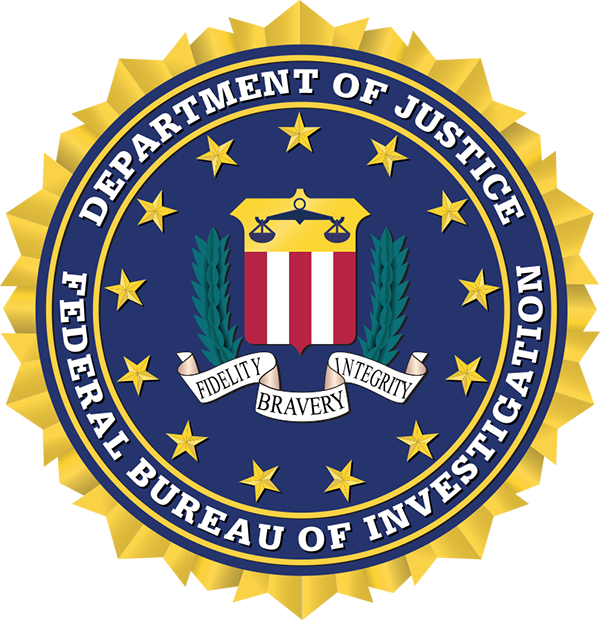JPEG 2000 Fingerprint Image Compression Encoder/Decoder Certification
Introduction
The FBI has replaced the Integrated Automatic Fingerprint Identification System (IAFIS) with the Next Generation Identification (NGI) system in an effort toward modernizing its biometric capabilities for the 21st Century. The NGI System accepts fingerprint images at 1000 ppi, or four times the spatial resolution sampled by the 500 ppi standard for the IAFIS. This higher sample rate makes for improved rendering of level three features such as pores, incipient ridges, dots, and ridge-edge detail. The 1000 ppi sample rate is also regularly used for the digital capture of latent prints.
As with IAFIS, fingerprint images are submitted to the NGI system in compressed form. As the Wavelet Scalar Quantization (WSQ) encoder/decoder (CODEC) was designed specifically for 500 ppi fingerprints, the FBI has elected to use the JPEG 2000 CODEC developed according to standards prepared by the Joint Photographic Experts Group (JPEG) committee in 2000. JPEG 2000, as its WSQ predecessor, encodes images using wavelet basis functions, is versatile, well documented, and has open-source implementations as well as those from various vendors. For users who must convert fingerprint imagery from 1000 ppi to 500 ppi, the FBI, in conjunction with the National Institute of Standards and Technology (NIST), established a Gaussian Filter downsampling (also known as subsampling) strategy. Information about the Gaussian Filter is available within the NISTIR 7839 ‐ Examination of Downsampling Strategies for Converting 1000 ppi Fingerprint Imagery to 500 ppi. In addition, the Gaussian Filter code package is available by NIST at https://github.com/usnistgov/NISTDownsampler.
Listed below are the FBI certified JPEG 2000 implementations found to comply with the NIST Special Publication (SP) 500-289 guidance for compression of 1000 ppi fingerprint images. This certification program facilitates interoperability between agencies and ensures efficient access to FBI criminal justice information services.
Scope
NIST SP 500-300 describes a conformance testing methodology to validate JPEG 2000 CODECs to ensure they meet the operational characteristics resulting from the application of parameters defined in NIST SP 500-289 as applied to 1000 ppi friction ridge imagery. This includes compression in both lossy 10:1 and lossless modes.
NIST SP 500-300 Section 3 describes the key resources supporting this effort; Section 4 presents a framework of CODEC pathways that are to be tested; Section 5 defines the testing metrics used to evaluate image fidelity and compliance; Section 6 describes test score reporting and the criteria to receive FBI certification; and Section 7 documents procedures for participating in this testing.
If you have a question or comment regarding the JPEG 2000 certification procedure, or the certified algorithms contained herein, please use the fbibiospecs.cjis.gov comment submission feature.
Certification Procedure
The vendor uses the reference test data supplied by NIST to perform specified encoding and decoding operations on specified images or encoded files and returns the output of each operation to NIST for evaluation against a suite of reference outputs.
For more detailed instructions, visit: http://dx.doi.org/10.6028/NIST.SP.500-300. Section 7.1 of the document provides instructions for submitting an email request to submit a JPEG 2000 CODEC for conformance testing. The NISTSP500-300 document further details the test and evaluation procedures.
If all the required information is complete and the results are satisfactory, the FBI will issue documentation certifying the implementation is compliant with the NIST SP 500-289. The implementation number and description will then be added to the current list of approved implementations maintained by the FBI.
Note: The FBI certification for an implementation will apply only to a specific configuration. A configuration encompasses the software version of the encoder/decoder, hardware platform, operating system, and compiler used. As any of these components change, a recertification will be required.
The certification process is not intended to endorse one product over a competitor’s product, but merely certify that the product meets FBI standards.

